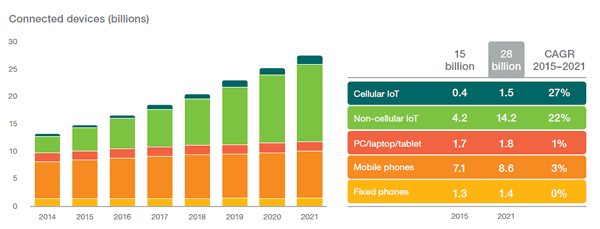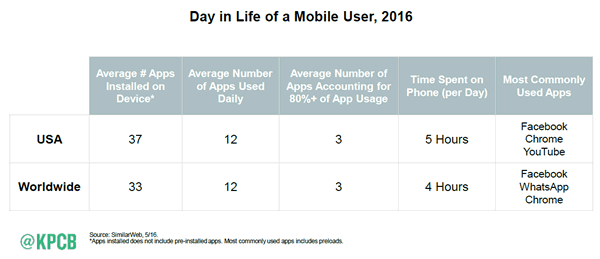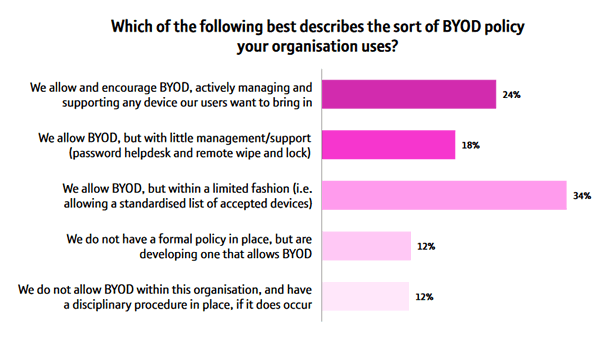We often refer to mobile devices such as smartphones and tablets as the Swiss pocket knives of today’s consumer, worker, in other words: individual.
Mobile devices are indeed used as Swiss pocket knives by people: they serve a range of needs, activities and purposes.
Today we’d add another Swiss twist when defining them. Drinking like a Swiss used to be a proverb, going back to very long gone days when Switzerland was known for heavy alcohol consumption and addiction. And addictive those mobile devices are. Not as such but because of what they mean to us and the experiences we get used and addicted to: mobility, regardless of time and space, and mobile access to whatever we need at any given time.
Mobility is not about mobile but about mobile ability
Mobility is not so much about devices or mobile technologies. We like to think about it as a contraction of ‘mobile’ and ‘ability’: the sheer ability to do all those things we like to do and want to do when on the go or at home, whether it’s in our capacity as ‘consumers’ or as ‘workers‘.
No wonder that, along with big data analytics, cloud computing and social, mobile is one of the major drivers and enablers of digital transformation and, often together with the Internet of Things (IoT), mentioned as a pillar of the so-called third platform (and SMAC stack).
The face of mobility is continuously changing as new technologies and devices offer different levels of mobility and espcially mobile ability. It has already started with phablets, e-readers, the Internet of Things and IoT-enabled devices in consumer and business applications (e.g. wearables) and a myriad of other devices that further enhance the simple but ever smarter mobility and the ubiquitous connectivity we know from smartphones and tablets. Some of these technologies and devices are penetrating rather slowly (certainly those in an IoT context).
However, things change fast. According to the June 2016 Ericsson Mobility Report, which we tackled in a post on the increase of mobile data traffic, The Internet of Things is expected to surpass mobile phones as the largest category of connected devices in 2018.

Regardless of the devices, here as well mobile is about ability. Possibility. Mobility. Information and connectivity ubiquity. Agility. And of course experiences, which will require new ways of interaction as a new generation IoT-enabled devices is coming. IoT obviously isn’t just a matter of mobility alone. Certainly in business applications, fixed lines and so forth are still leadin. However, wireless IoT protocols are growing faster and then there is 5G on the IoT (and overall mobility) horizon.
The need to design for mobile experiences
UX practitioners and ‘digital’ marketing professionals know that the experiences and mobile behavior across a wide range of activities such as looking for information, networking, booking a restaurant or shopping via mobile, in many ways are different from those on less mobile devices. And even between smartphones and tablets there are significant differences. That’s certainly also true for all these other devices that are coming with their specific form factors, usage context and more.
The ease of use that we’ve come to expect from the better mobile applications (and the best websites and apps overall) have altered the expectations we have from a user experience perspective when it boils down to the business applications we need to work with. As said once before, the times that IT developed or deployed solutions and just told employees to use them are over. No ease of use, no use. The mobile experience has played a big role in this regard and, increasingly, we are designing for ‘mobile first’ experiences with differences depending on the type of device and the usage context (mobile Web, mobile apps, types of tasks to perform etc).

In times of enterprise mobility and with BYOD as a given across several companies (even if debates are far from over) and now that we have ‘mobile’ consumers and the next level of mobility coming soon, the question is how to tap into the potential of mobility in order to transform (and digitally transforming as a consequence of changing mobile behavior), innovate, work in more flexible ways, gather information faster, collaborate better, in order ways: to realize business and customer value.
The answer to that question obviously depends on several factors. Whether it concerns BYOD, innovative mobile consumer experiences, m-commerce, mobile CRM, location-based services, mobile capture and/or sharing of information: the enablement of mobile capabilities is always part of a broader business goal.
Even if we’re only at the beginning of a real ‘mobile’ era it’s essential to look at how mobile is 1) “disrupting” your business and 2) offers new possibilities for your business to better achieve an operational or strategic outcome, always with those experiences in mind.
Success depends on truly understanding ‘mobile behavior’ and how mobile experiences tap into so far untapped needs and/or respond to the control of the user who ultimately always decides.
The mobile workforce: are you ready for the inevitable?
We all know that the mobile workforce is here. IDC expects that the U.S. mobile worker population will account for nearly three quarters of the total U.S. workforce by 2020, surpassing 105 million workers.
This means that the majority (72.3 percent according to IDC) of your workforce by then will certainly expect the possibility to leverage mobile technology at work and continue their journey towards ‘mobile ability’. At the same time this evolution will not just be about those Swiss knives anymore.
According to IDC, the growth of the mobile worker population in the U.S. will be related with the growing affordability of the traditional mobile devices, the growing acceptance of BYOD but also with innovations in areas such as wearables, voice control, near-field communications (NFC) and biometric readers, to name a few.

Even if we’re about to see several changes and the degree of mobility in the workforce also depends on type of work, industry and so on, workers want the ability to create and consult information, share, act upon data on the fly, connect, use a range of professional, personal and hybrid mobile applications and much more.
They are asking for more mobility and this isn’t new at all. Just remember how mobile CRM grew as a consequence of worker demand or how BYOD is a consequence of consumerization, driven by people like you and me.
Knowing the increasing pressure on data traffic, security questions, enterprise mobility challenges, the need to protect data and the likes, the question will be how to solve all those mobile workforce related challenges and questions with a focus on the enablement of experiences and abilities that are tied with tangible benefits for your business, your processes, your customers and, most importantly, your workforce.
Because people certainly won’t let go of their mobile ability any time soon, well on the contrary. Whatever the future may bring, the mobile worker and consumer is a fact, today.
Top image: Shutterstock – Copyright: Maridav


